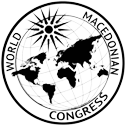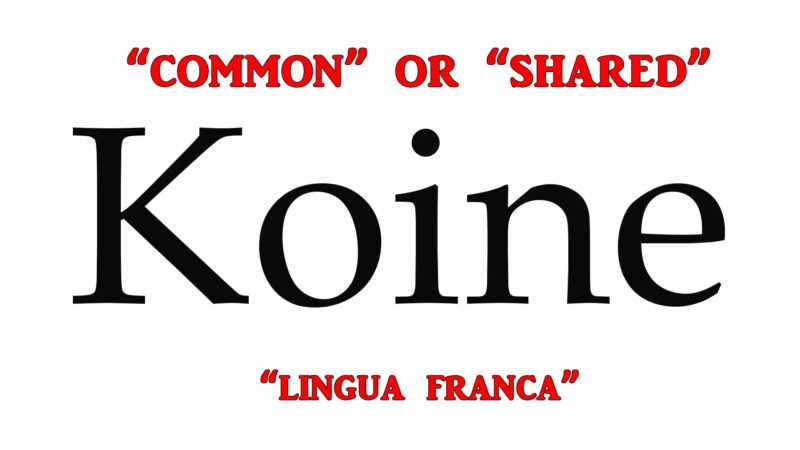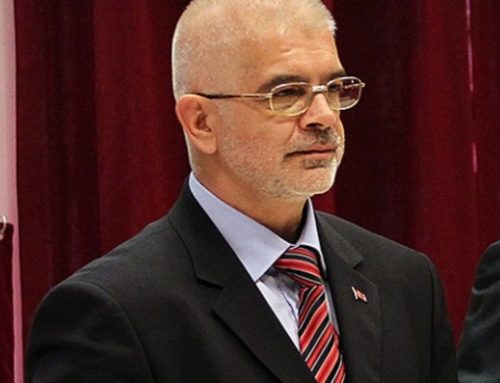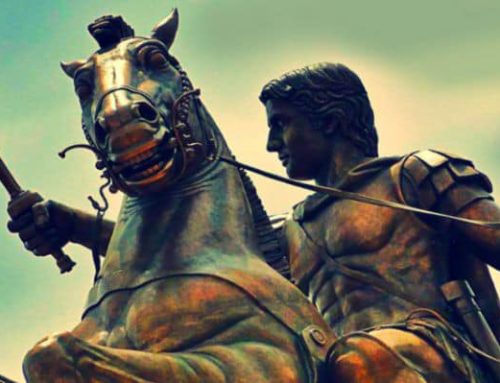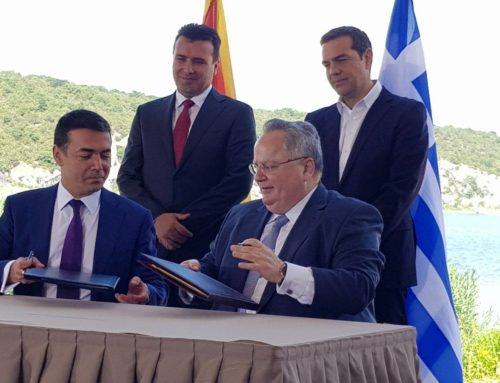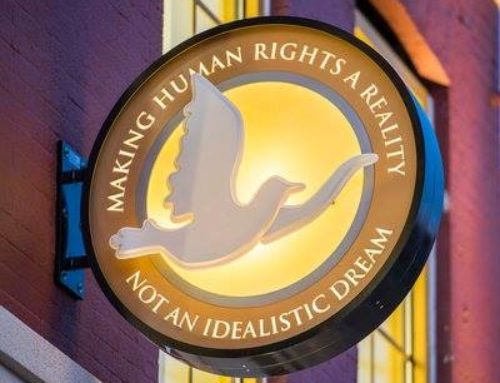The Koine language made its way into Macedonia a little before King Philip II of Macedon’s time. Poorly worded and misspelt inscriptions written in Koine were found in the Macedonian capital which indicates that the language was not well understood and was just making its way there.
The roots of the Koine language may have started in one of the more progressive City States, most probably Athens, but by the time it made its way to the Eastern Mediterranean, it had become the language of administration and commerce, common to all Mediterranean nations. In Macedonia, Koine was strictly the language of the educated and was used by the court administrators and the international merchants. By the time Koine arrived in Macedonia, it was already the “lingua franca” of administration and commerce in the Eastern Mediterranean world.
Koine in those days was like English is today. In Europe for example, countries have their own languages which they use to communicate at home, but internationally they use English to communicate with other countries.
Alexander III of Macedon (the Great) was the first to take Koine out of the Mediterranean world to Asia, Africa and other worlds he conquered. The real heroes for Koine’s success were Alexander’s successors the Antigonids, Seleucids and the Ptolemies. It is well known that the Ptolemies did not only insist on using Koine, but they refused to learn any other language not even the languages of those people they ruled.
Cleopatra VII was the only Macedonian sovereign from the Ptolemaic dynasty who broke the Ptolemaic rule and learned several languages including Egyptian. The Koine language was so deeply rooted in the old Macedonian empires that even after they were conquered by the Romans it continued to flourish.
Koine was spoken by Roman intellectuals even in Rome. Almost all ancient literary works were written in Koine. Let’s not forget that throughout the Macedonian and Roman periods, Koine, in spite of its popularity with the educated and elite, remained a language of administration and commerce. Koine was never a language of the common people. While Koine served its purpose in the administrative and commercial circles, other languages; languages of the people, simultaneously also flourished in parallel but in their oral form until they were later codified by Christianity.
After the Roman Empire split into East and West, Koine again resurfaced and replaced Latin as the administrative language of the Eastern or Pravoslav Empire. Koine remained active and served the administration and commerce of the Pravoslav world for over a millennium. Interestingly, Koine also became the administrative and commercial language of the Ottoman Empire and continued to exist in a commercial and administrative capacity during Ottoman rule as it did during Pravoslav rule.
By Islamic law, Muslims were not allowed to travel outside of their domain, handle public funds or speak foreign languages. The Ottomans employed Christians to administer foreign affairs, banking and trade with the outside world. And yes, you guessed it, the Christians continued to employ the Koine language throughout Ottoman rule as they did during Pravoslav rule. The keepers of the Ottoman administrative and commercial services, as well as the rulers of the Christian world inside the Ottoman Empire, were known as the Phanariots.
The Phanariots were a Christian educated and professional middle class or the bourgeoisie of the Ottoman world. They were people from various ethnicities from every corner of the Eastern world. They were the clerics, the translators (dragoman), the merchants and the captains of ships and of industry and they all spoke Koine. They were called Phanariots because they lived in a district of Tsari Grad (Constantinople or Istanbul) known as the Phanar.
In the 19th century, during the Ottoman decline, the Phanariots were much in favour of toppling the Ottoman administration. The idea was to overthrow the Ottoman Sultan and his Muslim rule and replace it with Christian rule. Unfortunately, the Great Powers did not favour that idea and it failed. After that, the Phanariots worked closely with the Great Powers to establish the Greek Kingdom. Even though the people of the newly established Greek Kingdom were of many different ethnicities including Albanians, Vlahs, Macedonians, Slavs, Turks, etc, each with a unique language and culture, the Great Powers instilled upon them the idea that they were the descendants of the ancient people who lived in that region over two millenniums ago.
After nearly a decade of contemplation as to which language to use, Greek authorities finally decided to adopt the Koine language as the literary language of their new nation. They disregarded all vibrant and living peoples’ languages in favour of the ancient administrative and commercial Koine. Unfortunately, after two millennia of evolution, the modern version of Koine contained many foreign elements and proved distasteful to the 11 Greek purists who wanted a pure language which was close to those of the ancient City States.
After nearly a century of using Koine, the purists finally got their chance to replace it. Their new choice was an old, dead Attic language used by the ancient Athenians 2,500 years ago. The Greeks called their new language the Catharevoussa for its linguistic purity. Unfortunately, this language had been dead for two thousand years and the Greek literary world which was used to the bastardized impure Koine found it very difficult to understand and impossible to express emotion.
Its use was finally terminated in the 1970’s in favour of the bastardized Koine (Dimotiki). For those Greeks who insist that all ancient Greeks spoke a dialect of the same language, here are some simple and common everyday words in English, Ancient Attic and Modern Koine;
English Catharevoussa (Ancient Attic) Dimotiki (Koine)
Horse Ipos Alogo
Donkey Onos Gaidaros
Hen Ornitha Kota
Goat Ega Gida (Katsika)
Kid (baby goat) Erifi Katsiki
Bread Artos Psomi
THE TRUTH is, the Koine language belongs to all the Eastern Mediterranean people and not just modern Greece. Modern Greece took the Koine language, which by rights belongs to all the Eastern Mediterranean people, for itself and now calls it Greek.
Just because Greece adopted Koine as the literary language for its modern nation, it does not make it exclusively Greek. Koine evolved as the language of administration and commerce in the entire Eastern Mediterranean and as such belongs to all the people in the Eastern Mediterranean world.
Macedonian-Canadian Author, Risto Stefov summed it up perfectly, “If anyone should claim credit for Koine’s effectiveness and long survival it should be the ancient Macedonians who insisted on using it for centuries”.
Many scholars have concluded that the ancient Macedonian language was not a Greek dialect and that it was more or less related to the languages of Macedonia’s northern neighbours, the Illyrians and the Thracians. These scholars include Muller and Mayer, writing in the nineteenth century, and Thumb, Thumb-Kieckers, Vasmer, Kacarov, Beshevljev, Budimir, Pisani, Russu, Baric, Poghirc, Chantraine, Katicic, and Nerosnak, writing in the twentieth. Here attention will be given to sources more readily accessible to those who want to inquire further.
Peter Hill, the author of the section “Macedonians” in the official Australian bicentennial encyclopedia, The Australian People (perhaps 200,000 Macedonians live in Australia), writes:
“What is certain is that Alexander’s mother tongue was not Greek. Alexander enjoyed a Greek education and adopted Greek (Koine) as the language of his empire but to claim that that made him Greek is to suggest that the Irish and the Indians are really British because they have adopted English for administrative purposes.”
Like Hill, E. Badian refutes the assumptions that a nation is essentially defined by a language and that a common language implies a common nationhood. He argues that this latter idea is patently untrue for the greater part of human history and to a large extent even today. The formal written language of ancient Macedonians was inevitably Greek, as was the case for various other ancient peoples. There was really no alternative. However, this in no way assures good relations between peoples, nor does it necessarily show any consciousness of a common interest. What is of greater historical interest, Badian says, is the documented evidence that Greeks and Macedonians regarded each other as foreign.
Modern Greeks may have to look elsewhere for convincing evidence that ancient Macedonians were Greek.
